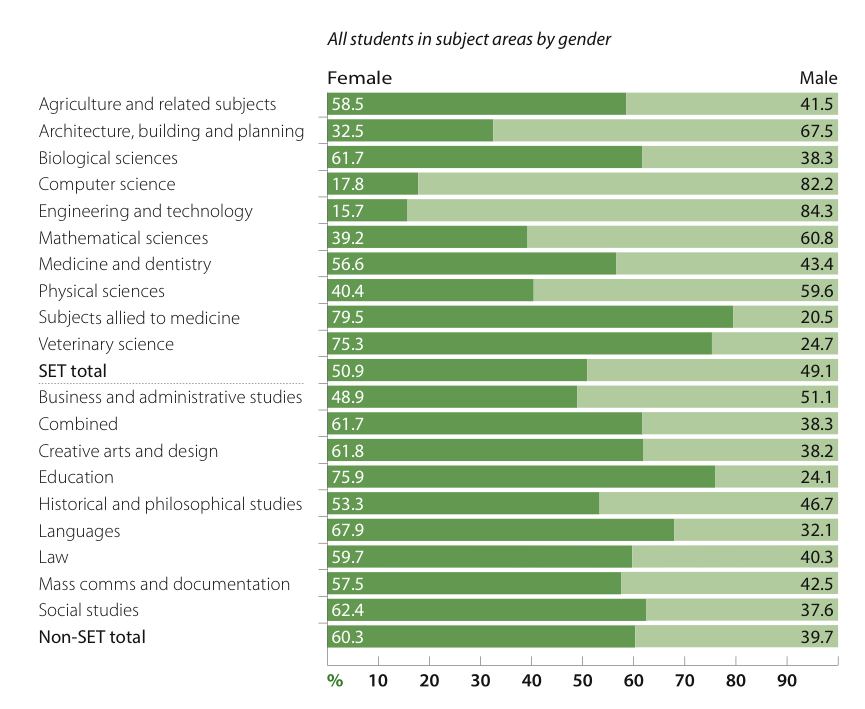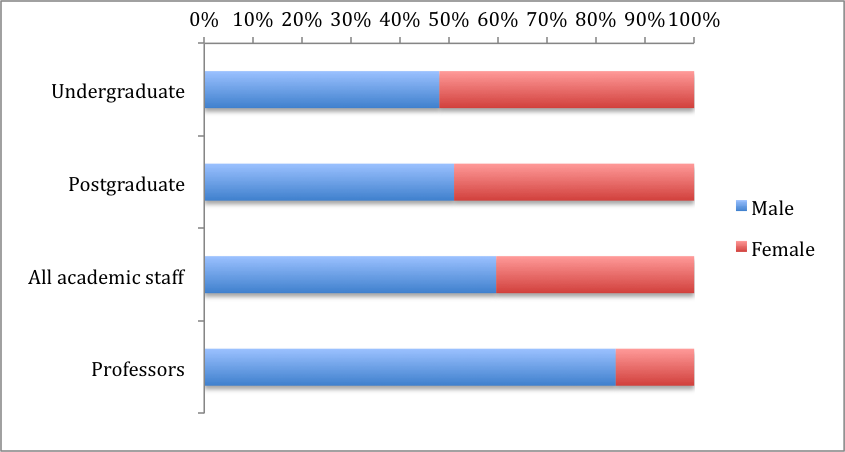Gender Bias in Scientific Careers
/Gender bias exists whether we recognise it or not- the evidence is staggering. I have been asked to write a series of posts looking at some of the evidence and how this is impacting women in science. I am researching for a PhD in the evolutionary ecology of the model plant species Arabidopsis thaliana, and I am also a mother. Starting a family has totally changed my perspective on pursuing an academic career. I have been watching the adoption of the Athena Swan charter at my university with great interest and I have recently been on a working group looking for potential sources of gender bias within PhD recruitment and marketing. I was recently reading a book about gender identity where the authors explained it is worse to be a “sissy” than a “tomboy” because, “Women constitute half the world’s population, perform nearly two-thirds of its work hours, receive one-tenth of the world’s income, and own less than one-hundredth of the world’s property,” (United Nations, The World’s Women trends and statistics 1970-1990). Although hopefully a slightly dated worldview, this sort of history shapes our opinions and biases.
So what is happening for women in science? Research has shown how important it is to work in schools promoting and inspiring gender equality in the sciences. However, it is equally important to recognise that girls have been choosing to study science for generations and have then been leaving scientific careers. As a recent government report notes, “Emphasis is often placed on inspiring young girls to choose science, which is commendable, but such efforts are wasted if women are then disproportionately disadvantaged in scientific careers compared to men. It is disappointing that biases and working practices result in systematic and cumulative discrimination against women throughout STEM study and academic careers.”
Genders are equally represented when you average across STEM subjects (science, technology, engineering and mathematics) at undergraduate level (although there are significant differences between specific subjects- as shown below).
Image from the Equality Challenge Unit (ECU) equality in higher education 2013 students report
As careers progress women are being lost via the ‘leaky pipeline’ as they become disillusioned with the career.
Data from ECU equality in HE 2013 reports
Why do women leave science? Only 14% of university vice-chancellors are female and 16% full-time professors in STEM are female, compared to 26.7% in non-STEM subjects. Whilst non-STEM subjects fare better this is a long way from equal representation, highlighting that the issues for women in academia are not restricted to the sciences The likelihood of choosing and sticking with a career is correlated to being able to relate to role models in senior positions. Work-life balance, short-term contracts and unstable employment are also important factors cited as causing the high attrition rate of women in scientific careers.
Universities are tackling gender equality but there is clearly still a long way to go.
This is a guest post and the Hypatia Trust hold no responsibility for opinions within it, which remain with the author.




